IoT Project Ideas: Smart Innovations for Everyday Life
Updated on : 17 March, 2025
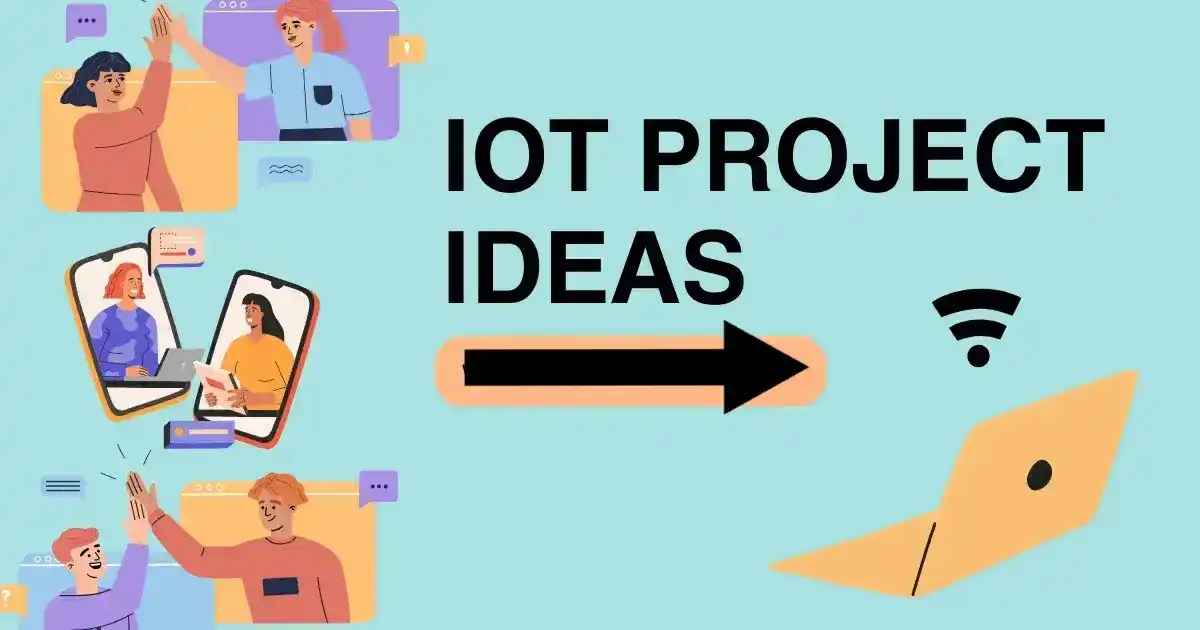
Image Source: google.com
Table Of Contents
- 1. Introduction to IoT Projects
- 2. Control TV With Alexa IoT TV Controller
- 3. IoT Based Smart Home Controller Using Blynk
- 4. Smart Touch Switch Board for Home Automation
- 5. IoT Based Motion Detector Using Cayenne
- 6. IoT Enabled Air Pollution Meter
- 7. ESP8266-Based Energy Monitor and Over Current Cut off
- 8. Smart Wireless Water Meter With Web DB
- 9. Cloud Based Implementation of IoT Using MQTT Brokers
- 10. Face Recognition AI Robot
- 11. Windows 10 on Raspberry Pi IoT Applications
- 12. Mesh Enabled Environment Monitoring Device
- 13. Smart Agriculture System
- 14. FAQs
Table Of Contents
Introduction to IoT Projects
The Internet of Things (IoT) has revolutionized technology by enabling devices to communicate, automate tasks, and enhance efficiency. From smart homes to industrial automation, IoT projects offer practical applications that improve daily life. This blog explores some of the most innovative IoT projects, covering home automation, smart energy management, healthcare, and security solutions.
Control TV With Alexa IoT TV Controller
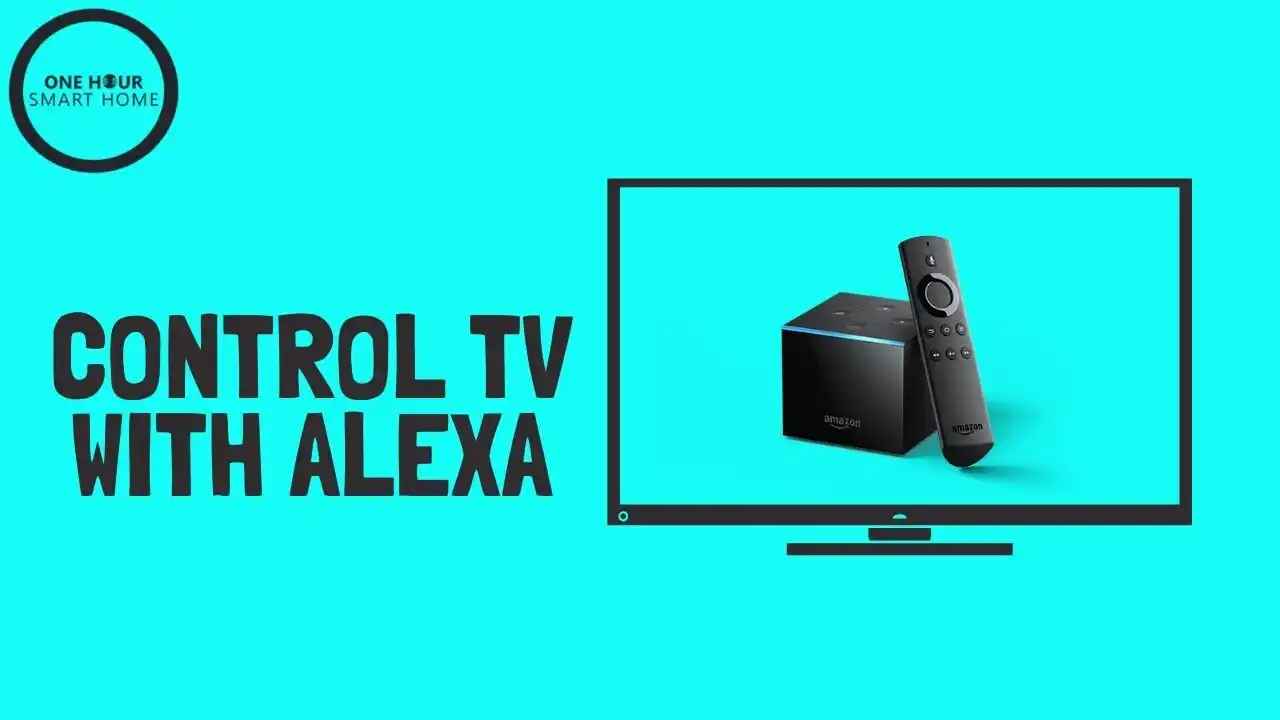
Image Source: google.com
This project allows you to control your TV using Alexa voice commands, making home entertainment more convenient and hands-free. Here’s an explanation of each point:
1. Use of voice commands to control TV functions:
- Instead of using a remote, you can use voice commands like "Alexa, turn on the TV", "Alexa, change the channel to BBC", or "Alexa, increase the volume."
- This provides ease of use, especially for those who may have difficulty using traditional remotes.
2. Integration with Alexa Skills for seamless operation:
- Alexa Skills are like apps that enable Alexa to perform specific functions.
- You can create a custom Alexa Skill that recognizes voice commands and translates them into actions for controlling the TV.
- The skill can be connected to a smart IR blaster or a microcontroller that sends signals to the TV.
3. Implementation with ESP8266 or Raspberry Pi:
- ESP8266: A low-cost Wi-Fi module that can be programmed to receive Alexa commands and send IR signals to control the TV.
- Raspberry Pi: A more powerful mini-computer that can integrate with Alexa using software like Home Assistant or Node-RED to manage TV controls.
- Either device acts as a bridge between Alexa and the TV, ensuring smooth operation.
IoT Based Smart Home Controller Using Blynk
This project enables smart home automation by remotely controlling appliances through a smartphone. It leverages the Blynk app for real-time monitoring, automation, and cloud-based smart scheduling. Here’s a breakdown of each key feature:
1. Remote control of home appliances via smartphone:
- Users can turn ON/OFF lights, fans, AC, and other appliances from anywhere using their smartphone.
- The Blynk app provides a user-friendly interface to control devices with a single tap.
- This enhances convenience, energy efficiency, and security.
2. Real-time monitoring and automation using the Blynk app:
- The app allows users to monitor the status of appliances in real time.
- Automated rules can be set, such as turning off appliances when not in use or scheduling operations based on time or sensor inputs.
- Sensors like motion detectors, temperature, and humidity sensors can trigger automated actions.
3. Cloud connectivity for data storage and smart scheduling:
- The system connects to cloud servers, ensuring remote access and data logging.
- Users can schedule appliances to operate at specific times, reducing manual effort.
- Cloud storage allows historical data analysis to optimize energy consumption.
IoT and Cloud: A Powerful Duo for Business Success
Smart Touch Switch Board for Home Automation
This smart switch board enhances convenience and automation by integrating touch controls, wireless connectivity, and voice commands.
| Feature | Description |
|---|---|
| Touch-based control | Capacitive touch sensors replace traditional switches for a sleek, durable interface. |
| Wireless connectivity | Supports Wi-Fi for app control or Zigbee for low-power, reliable networking. |
| Voice assistant integration | Works with Alexa/Google Assistant for hands-free appliance control. |
- Touch Sensitivity: Detects even light touches, making it more responsive and user-friendly than mechanical switches.
- Aesthetic & Space-Saving: Sleek, flat-panel design blends seamlessly into modern interiors, reducing clutter.
- Multi-Device Control: Can manage multiple appliances from a single touch panel or mobile app.
- Safety & Durability: Eliminates wear and tear of mechanical buttons, reducing maintenance and electrical hazards.
- Energy Efficiency: Helps optimize power consumption by enabling scheduled operations and remote control.
- Easy Installation & Customization: Designed to fit standard switchboard sizes and configurable for different household needs.
IoT Based Motion Detector Using Cayenne
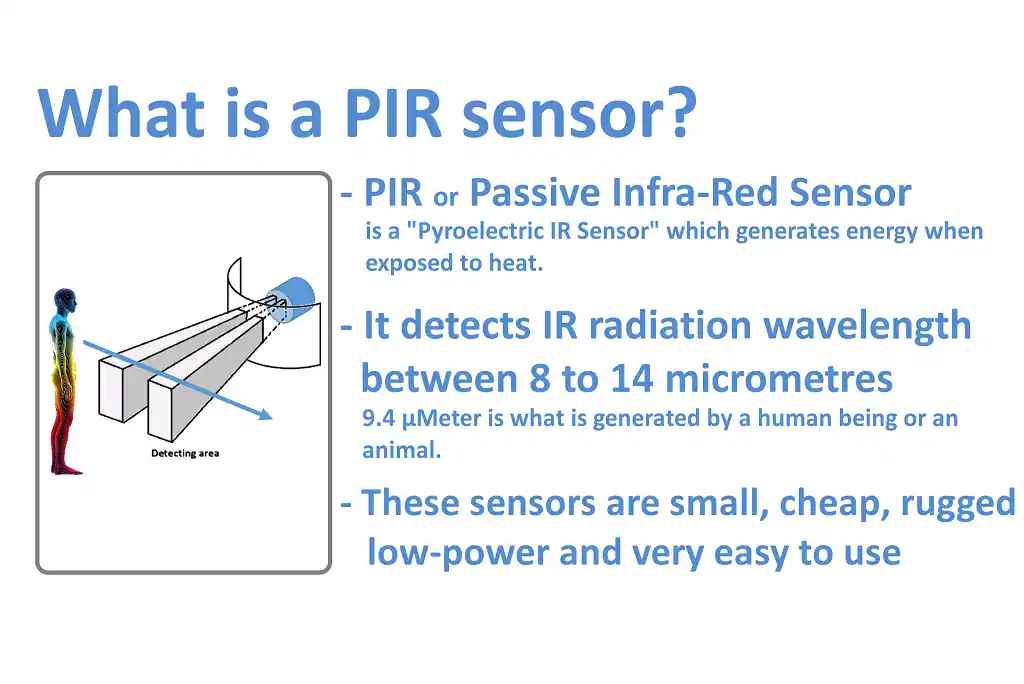
Image Source: google.com
How It Works:
1. Motion Detection with PIR Sensors:
- Uses Passive Infrared (PIR) sensors to detect movement based on heat signatures.
- Ideal for identifying human presence while ignoring minor environmental changes.
2. IoT Cloud Integration with Cayenne:
- Cayenne is used as the IoT platform to manage sensor data and trigger alerts.
- Allows users to monitor motion activity in real-time from a web dashboard or mobile app.
3. Automated Security Alerts:
- When motion is detected, the system sends instant notifications via SMS, email, or app alerts.
- Can trigger security measures like sounding an alarm, turning on lights, or activating a camera.
Key Benefits:
| Feature | Description |
|---|---|
| Remote Monitoring | View motion activity from anywhere using the cloud-based dashboard. |
| Customizable Alerts | Adjust sensitivity levels and notification settings as needed. |
| Energy Efficient | PIR sensors consume low power, making them suitable for continuous monitoring. |
| Enhanced Security | Protects homes, offices, or restricted areas from unauthorized access. |
Know more about the Artificial Intelligence Business Ideas
IoT Enabled Air Pollution Meter

Build intelligent, connected systems with our expert IoT solutions!
A smart system that monitors air quality in real time using IoT technology, helping in environmental tracking and analysis.
How It Works:
1. Real-time Air Quality Monitoring:
- Uses sensors like MQ-135 or SDS011 to measure pollutants (CO2, NO2, PM2.5, etc.).
- Continuously tracks air quality and updates readings.
2. IoT Cloud-based Data Logging & Analytics:
- Sends collected data to an IoT cloud platform for storage and analysis.
- Users can access air quality reports through a web or mobile dashboard.
3. Applications in Smart Cities & Environment Monitoring:
- Helps governments and researchers monitor pollution levels in urban areas.
- Can trigger alerts for high pollution levels, enabling timely action.
Key Benefits:
| Feature | Description |
|---|---|
| Remote Access | View air quality data from anywhere via an online dashboard. |
| Data Insights | Analyze trends and predict pollution spikes for preventive action. |
| Health & Safety | Helps in reducing exposure to harmful pollutants. |
| Smart City Integration | Can be linked with city-wide pollution control systems. |
ESP8266-Based Energy Monitor and Over Current Cut off
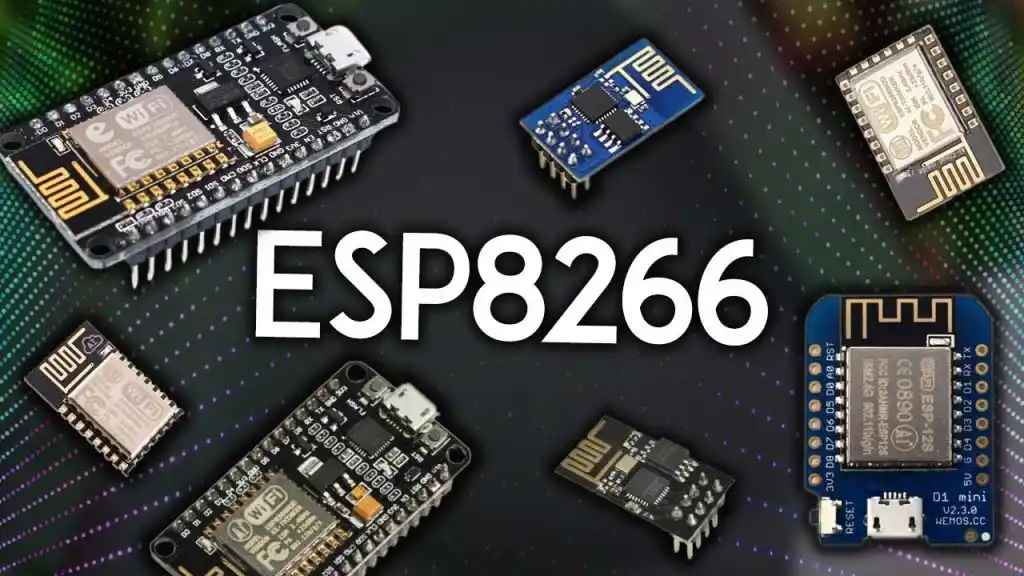
Image Source: google.com
A smart energy monitoring system that tracks power usage in real time and prevents excessive consumption using IoT technology.
How It Works:
1. Live Power Consumption Monitoring:
- Uses current sensors (like ACS712) to measure real-time power usage.
- ESP8266 sends data to an IoT dashboard for remote tracking.
2. Automatic Power Cut-off for Overload Protection:
- If power consumption exceeds a predefined limit, the system automatically disconnects the supply.
- Prevents overheating, electrical damage, and fire hazards.
3. MQTT-Based Alerts for Energy Optimization:
- Sends instant notifications via MQTT (Message Queuing Telemetry Transport) protocol when energy usage spikes.
- Helps users optimize power consumption by identifying overused appliances.
Key Benefits:
| Feature | Description |
|---|---|
| Real-time Energy Tracking | Monitor electricity usage remotely via an IoT dashboard. |
| Overload Prevention | Protects appliances from excessive current flow. |
| Energy Efficiency | Helps reduce wastage and lower electricity bills. |
| Smart Notifications | Alerts users for abnormal power consumption. |
Smart Wireless Water Meter With Web DB
An advanced IoT-based water meter that enables remote monitoring, automated billing, and smart leak detection for efficient water management.
Key Features:
1. Live Water Consumption Tracking
- Uses digital flow sensors to measure real-time water usage.
- Sends data to a cloud-based web dashboard for remote access.
2. Automated Billing & Smart Alerts
- Automatically generates bills based on usage, reducing human errors.
- Detects leaks and unusual water flow, sending instant alerts to users.
3. Municipal System Integration
- Can be linked with city water supply networks for smart distribution.
- Helps in reducing water wastage and optimizing supply management.
Why It Matters?
- ✔ Prevents Water Wastage – Early leak detection saves resources.
- ✔ Ensures Billing Accuracy – No need for manual meter readings.
- ✔ Remote Accessibility – Users can track usage from anywhere.
- ✔ Supports Smart Cities – Helps governments manage water efficiently.
Cloud Based Implementation of IoT Using MQTT Brokers

Looking to transform your business with cutting-edge IoT solutions?
An IoT architecture that enables secure, real-time communication between multiple devices using MQTT (Message Queuing Telemetry Transport) protocol.
Key Features:
1. Efficient IoT Device Communication
- MQTT ensures lightweight and low-bandwidth messaging for IoT networks.
- Ideal for smart homes, industrial automation, and sensor-based applications.
2. Secure & Scalable Cloud Integration
- Uses cloud-based MQTT brokers (like Mosquitto, HiveMQ) for seamless device connectivity.
- Ensures encrypted data transmission for secure communication.
3. Real-time Message Exchange
- Enables instant device-to-device interaction with low latency.
- Supports pub-sub architecture, making it highly scalable for IoT ecosystems.
Why Use It?
- ✔ Low Power Consumption – Ideal for battery-operated IoT devices.
- ✔ Secure & Reliable – Ensures encrypted and persistent messaging.
- ✔ Scalable for Large Networks – Can handle thousands of connected devices.
- ✔ Optimized for Automation – Ideal for smart systems and industrial IoT.
Google Cloud provides scalable solutions to store data, run applications, and power AI.
Face Recognition AI Robot
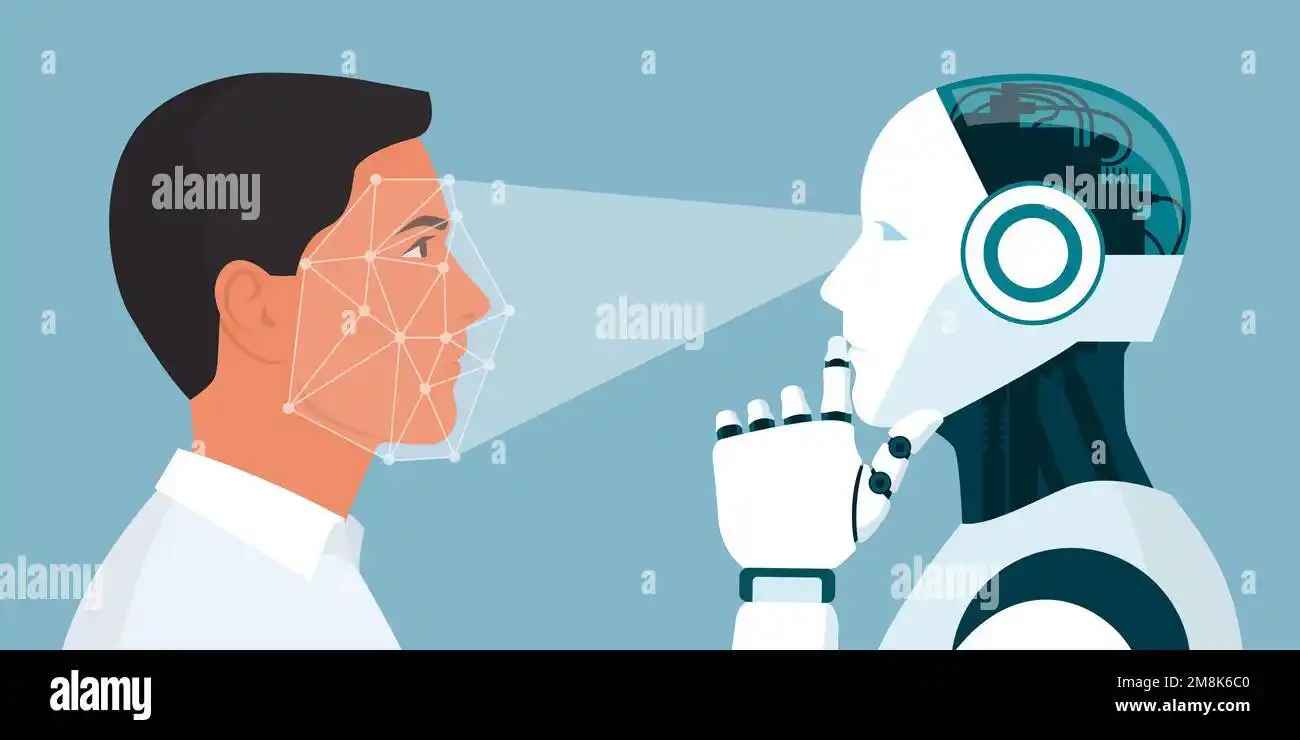
Image Source: google.com
A smart IoT-based robot that uses facial recognition for automated security, access control, and real-time monitoring. For more information in Robotics please Visit here:
Core Functionalities:
1. Smart Facial Recognition
- Detects and verifies faces in real time using AI and OpenCV.
- Can differentiate between authorized and unauthorized individuals.
2. Touchless Access & Surveillance
- Grants access to verified users without physical interaction.
- Sends security alerts if an unknown face is detected.
3. Raspberry Pi & IoT Cloud Integration
- Raspberry Pi processes images locally, ensuring fast recognition.
- IoT cloud stores facial data for secure and remote access management.
Why It Stands Out?
- ✔ Fast & Accurate Recognition – AI-powered processing improves identification.
- ✔ Seamless Integration – Works with smart locks, cameras, and alarms.
- ✔ Scalable & Secure – Can be used for homes, offices, or public spaces.
- ✔ Real-Time Alerts – Instant notifications for security breaches.
AI-ML builds smart systems to analyze data, automate tasks, and improve decisions.
Windows 10 on Raspberry Pi IoT Applications
Key Features:
- Windows 10 IoT Core Support – A lightweight, secure OS designed for embedded systems.
- Seamless Azure Integration – Connect to the cloud for data storage, analytics, and AI processing.
- Universal Windows Apps – Develop IoT applications using C#, .NET, and Visual Studio.
- Sensor & Device Connectivity – Works with motion, temperature, and other IoT sensors.
Applications and Use Cases:
| Application | Use Cases |
|---|---|
| Smart Home Automation | Control appliances and monitor energy usage. |
| Industrial Monitoring | Track machine performance and detect faults remotely. |
| AI-Powered Security | Facial recognition and intrusion detection for enhanced safety. |
Why Choose This Setup?
| Advantage | Benefit |
|---|---|
| Microsoft Ecosystem | Familiar development tools for Windows users. |
| Scalability & Security | Reliable encryption and cloud-based device management. |
| Low-Power, High Efficiency | Ideal for always-on IoT applications. |
Mesh Enabled Environment Monitoring Device
A scalable IoT solution for tracking environmental parameters over large areas using a mesh network of interconnected sensors.
How It Works:
- Mesh Network Communication – Multiple sensor nodes relay data to ensure uninterrupted monitoring.
- Remote Environmental Tracking – Collects real-time data on temperature, humidity, and air quality.
- Long-Range, Low-Power Connectivity – Uses ESP32 and LoRaWAN for efficient, battery-powered operation.
Where It Can Be Used:
| Application | Use Case |
|---|---|
| Agriculture | Monitors soil moisture and climate conditions for smart farming. |
| Smart Cities | Tracks air pollution and helps in urban environmental management. |
| Industrial Safety | Detects hazardous gases and ensures workplace safety. |
Why It’s Effective:
| Advantage | Benefit |
|---|---|
| No Internet Dependency | Works independently using mesh network communication. |
| Cost-Effective & Scalable | Covers large areas without requiring expensive infrastructure. |
| Real-Time Monitoring | Provides continuous insights for proactive decision-making. |
Smart Agriculture System
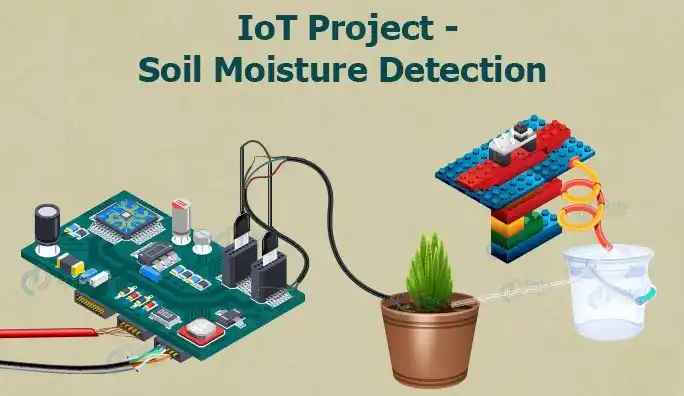
Image Source: google.com
An IoT-powered solution for precision farming, optimizing water usage, and improving crop yield.
Key Features:
- Soil Moisture & Temperature Monitoring – Real-time sensor tracking helps maintain ideal soil conditions.
- Automated Irrigation System – Uses sensor feedback to control water flow and prevent wastage.
- Cloud-Based Data Analytics – Stores, processes, and analyzes data for better farming decisions.
Applications and Use Cases:
| Application | Use Cases |
|---|---|
| Precision Farming | Optimizes resource use, ensuring efficient irrigation and fertilization. |
| Water Conservation | Prevents excessive irrigation through automated water control. |
| Smart Greenhouses | Maintains ideal temperature and humidity levels for plant growth. |
Benefits and Impact:
| Benefit | Impact |
|---|---|
| Higher Crop Yield | Ensures optimal growth conditions, leading to increased productivity. |
| Reduced Labor Costs | Automates key agricultural tasks, reducing human effort. |
| Data-Driven Insights | Uses analytics to enhance decision-making for better farming outcomes. |
IoT connects devices to collect data, automate processes, and enhance efficiency.
FAQs
Q.1. What is IoT and why is it important?
A: IoT connects devices to automate tasks and improve efficiency in various industries.
Q.2. Which programming languages are commonly used in IoT projects?
A: Python, C, C++, JavaScript, and Node.js are commonly used for IoT development.
Q.3. What are the key components of an IoT project?
A: Sensors, microcontrollers (ESP8266, Raspberry Pi), cloud platforms, and communication protocols.
Q.4. How does an IoT-based smart home controller work?
A: It connects appliances to a cloud platform for remote monitoring and automation.
Q.5. What is the role of MQTT in IoT projects?
A: MQTT is a lightweight protocol that enables real-time messaging between IoT devices.
Q.6. How can IoT improve agriculture?
A: IoT helps with automated irrigation, soil monitoring, and weather prediction for better crop yield.


